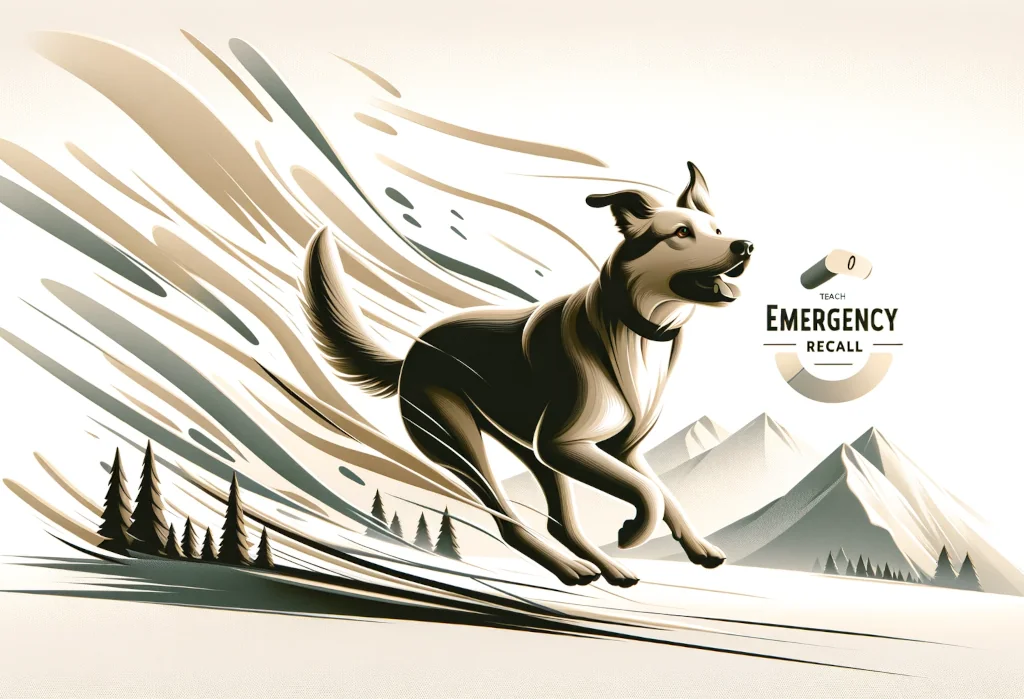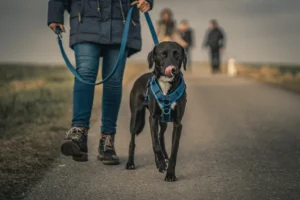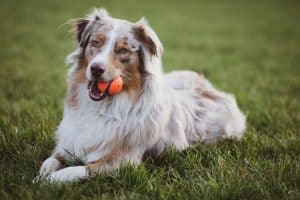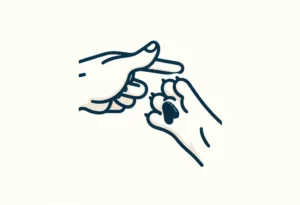Imagine this: you’re at the park, your dog spots a squirrel, and it’s as if you’ve suddenly become invisible. Heart pounding, you wish you had a magic word to bring them back safely. That magic is called Emergency Recall, and guess what? It’s not as elusive as you might think.
By the end of this blog post, you’ll have the inside scoop on teaching your dog an Emergency Recall, a command that could literally save their life one day.
Key takeaways:
- Pick a unique emergency recall command and use high-value rewards to make training irresistible and effective.
- Incorporate unpredictability in training through random recalls and varied environments to ensure your dog always comes back.
- Practice makes perfect – reinforce with consistency, never punish a delayed recall, and make it a fun game for real-life readiness.
Why Is Emergency Recall So Crucial?
Imagine you’re enjoying a sunny afternoon at the park with your furry friend when suddenly a squirrel catches their attention, and they’re off like a shot. Panic sets in for a second, but then you remember—you’ve trained your dog in emergency recall. A quick shout of your special command and, like magic, they halt their chase and sprint back to you.
That’s the power of a solid emergency recall command. It’s more than just an impressive party trick; it’s a safety net, ensuring that in potentially dangerous scenarios, your dog will return to you at lightning speed. Whether it’s preventing them from darting into traffic, stopping them from approaching aggressive animals, or simply calling them back during an off-leash hike, the emergency recall is your ace in the hole.
For dog owners, there’s no greater peace of mind than knowing you can trust your dog to return swiftly when it matters the most.
What Is the Best Way to Start Training for Emergency Recall?
Training for emergency recall starts with picking a command that’s unique and used only in emergency situations. Think outside the box and beyond the traditional “come” or “here.” Why? You want this command to be a crystal-clear signal that means “drop everything and return to me immediately.”
Starting Points for Training:
- Choose Your Command Wisely: Something distinct like “all-here” or “to-me” works well.
- Begin in a Distraction-Free Zone: Start in a quiet room in your house. Your backyard can also serve as a great starting point. The goal is to begin in places where your dog can focus entirely on you and the task at hand.
- Use High-Value Treats: These are treats that your dog goes crazy for, something irresistible. For training this command, you might even use boiled chicken or tiny pieces of cheese, something you don’t use in regular training sessions.
Here’s a real-world example to get you started: practice the emergency recall command at home during a quiet time, gradually moving to your fenced backyard, and then to more distracting environments like a park during off-peak hours. This gradual increase will strengthen your dog’s response to the command.
How Do You Reinforce Emergency Recall Commands?
Consistency is king when it comes to reinforcing emergency recall commands. Your dog needs to understand that every single time they obey the emergency recall, something fantastic happens (hint: high-value treats and lots of praise).
Here are some reinforcement techniques:
- Always Reward: Every time your dog obeys the emergency recall command, reward them with a high-value treat and effusive praise. Make this moment the highlight of their day.
- Practice Unpredictably: Don’t make recall training a scheduled event. Call your dog back at unexpected times. This unpredictability mimics real-life situations where they might need to heed the emergency recall.
- Up the Ante with Distractions: Gradually introduce more distractions, but set your dog up for success. Begin with minor distractions and slowly work your way up to more challenging environments, always reinforcing success heavily.
Here’s something most trainers won’t tell you but is incredibly effective: occasionally, use a “jackpot” reward. This means sometimes, randomly, when your dog comes back to you on an emergency recall, they don’t just get a treat; they hit the jackpot (a handful of treats, a scoop of their favorite canned food, or a few minutes of play with that toy they’re crazy about). This unpredictability adds an extra layer of reinforcement, ensuring your dog will always consider it worth their while to come back to you, no matter the distraction.
By understanding the importance of emergency recall and implementing these training and reinforcement strategies, you’re setting your dog, and yourself, up for success and safety in any situation. Remember, patience and consistency are your best tools on this journey. Happy training!
What If My Dog Doesn’t Respond?
We’ve all been there – you’re calling your dog, and they seem to have suddenly found something far more interesting. It can be frustrating, but don’t lose heart. Here are a few pointers on how to overcome this hurdle.
First off, ensure your rewards are irresistible. Some dogs might not be food-motivated, so find what makes their tail wag – is it a favorite toy, praise, or maybe a quick game of tug? Use that as your recall reward.
When your dog becomes distracted or seems uninterested in treats, it’s crucial to up your game. Use high-value rewards that are only available during training sessions. This could be something as simple as bits of chicken or cheese, rather than their regular treats, to make the recall command irresistible.
Another common challenge is a lack of focus in more distracting environments. Begin your training in a low-distraction area, such as indoors or your yard. Gradually introduce more distractions:
- Start Simple: Master the recall in a quiet room.
- Step It Up: Move to the garden or a quiet outdoor area.
- Increase Challenges: Practice in a park with more distractions, like other dogs and people.
If progress stalls, take a step back to a less distracting environment where your dog can succeed. It’s all about baby steps and positive reinforcement.
A unique tip that many overlook is the power of the ‘surprise party’ effect. Once your dog starts responding to the recall command, randomly call them even when you don’t necessarily need to. Reward them generously when they come. This unpredictability makes the recall command exciting and something they won’t want to miss out on!
Practicing in Real-Life Situations
Transferring skills learned in training to the real world is vital for an effective emergency recall. Here are some tips to ensure your dog responds reliably, no matter where you are:
-
Change Up the Scenery : Regularly practice the recall command in new environments. Each location comes with its set of distractions, helping your dog learn that the command applies everywhere.
-
Add Real-World Distractions : Start with minimal distractions and gradually introduce more challenging ones as your dog improves. If your dog loves squirrels, practice near areas where they’re likely to get distracted by them (while safely on a leash, of course).
-
Use Lifelike Triggers : If your dog tends to bolt towards other dogs or people, ask friends or family to act as ‘distractions’ during practice sessions. Start from a distance and decrease it as your dog becomes more proficient at coming back despite the temptations.
-
Randomize Training Times : Don’t let your dog predict when training sessions happen. Call them back at random times – during walks, backyard time, or while they’re engaged in play. This unpredictability reinforces that the recall command could come at any moment.
-
Never Punish on a Recall : If your dog does take their time coming back, resist any urge to scold them. We want them to associate coming back to you with positive outcomes, not fear of punishment.
One often-missed strategy is incorporating recall into daily life as a fun game. For instance, during a family gathering, have everyone spread out and take turns calling the dog, rewarding them each time they come. This not only reinforces recall as a positive action but also helps your dog understand that responding to the recall is beneficial, regardless of who calls them.
By blending these strategies into your training regime and daily life, you’re not just teaching your dog to come back when called; you’re ingraining the idea that responding to you is always the best option, no matter the distractions. With patience, consistency, and the right techniques, your dog’s emergency recall will soon be a reliable asset, ensuring their safety and your peace of mind.
Alex, a passionate animal lover, has experience in training and understanding animal behavior. As a proud pet parent to two dogs and three cats, he founded AnimalReport.net to share insights from animal experts and expand his knowledge of the animal kingdom.










